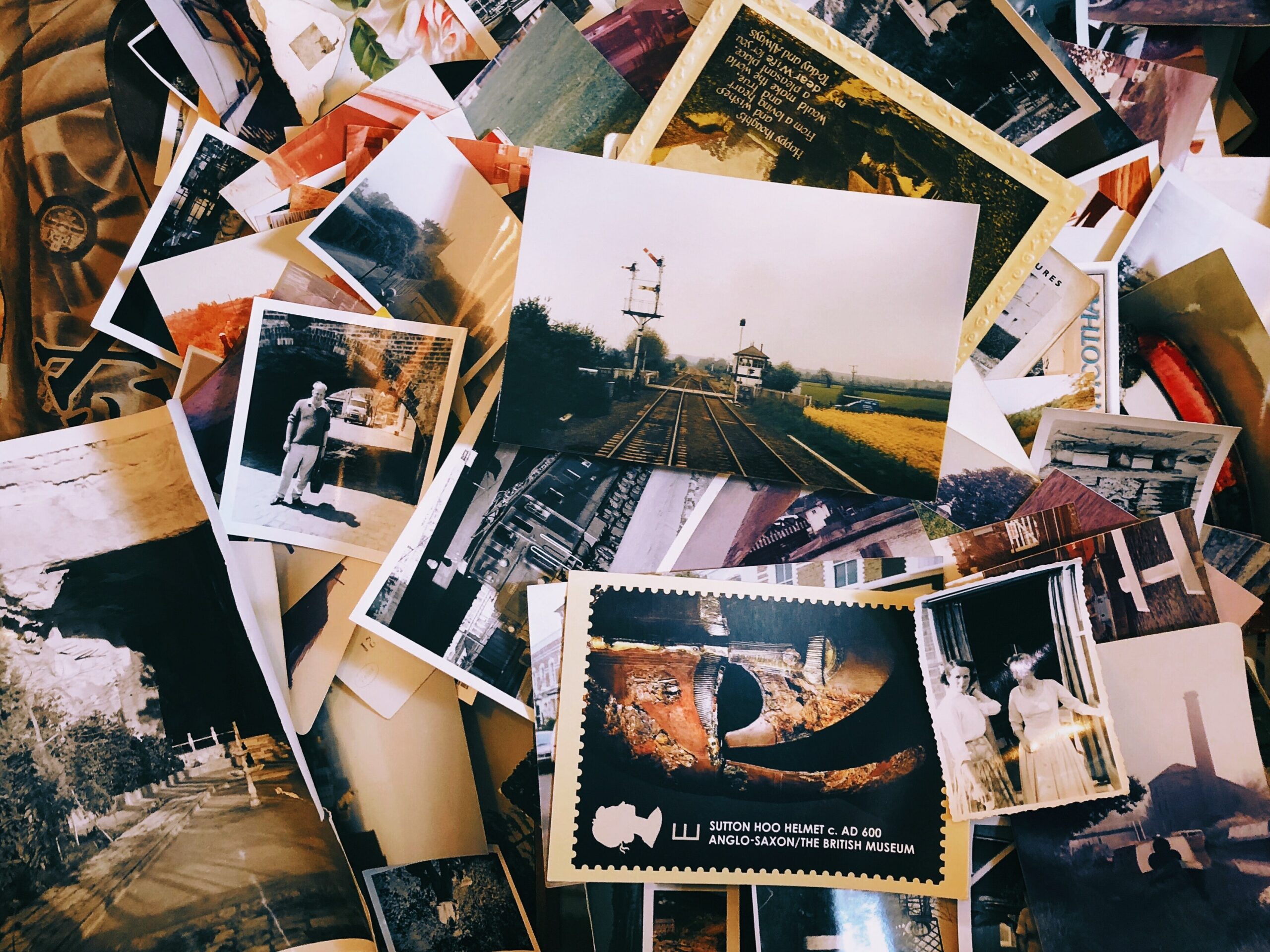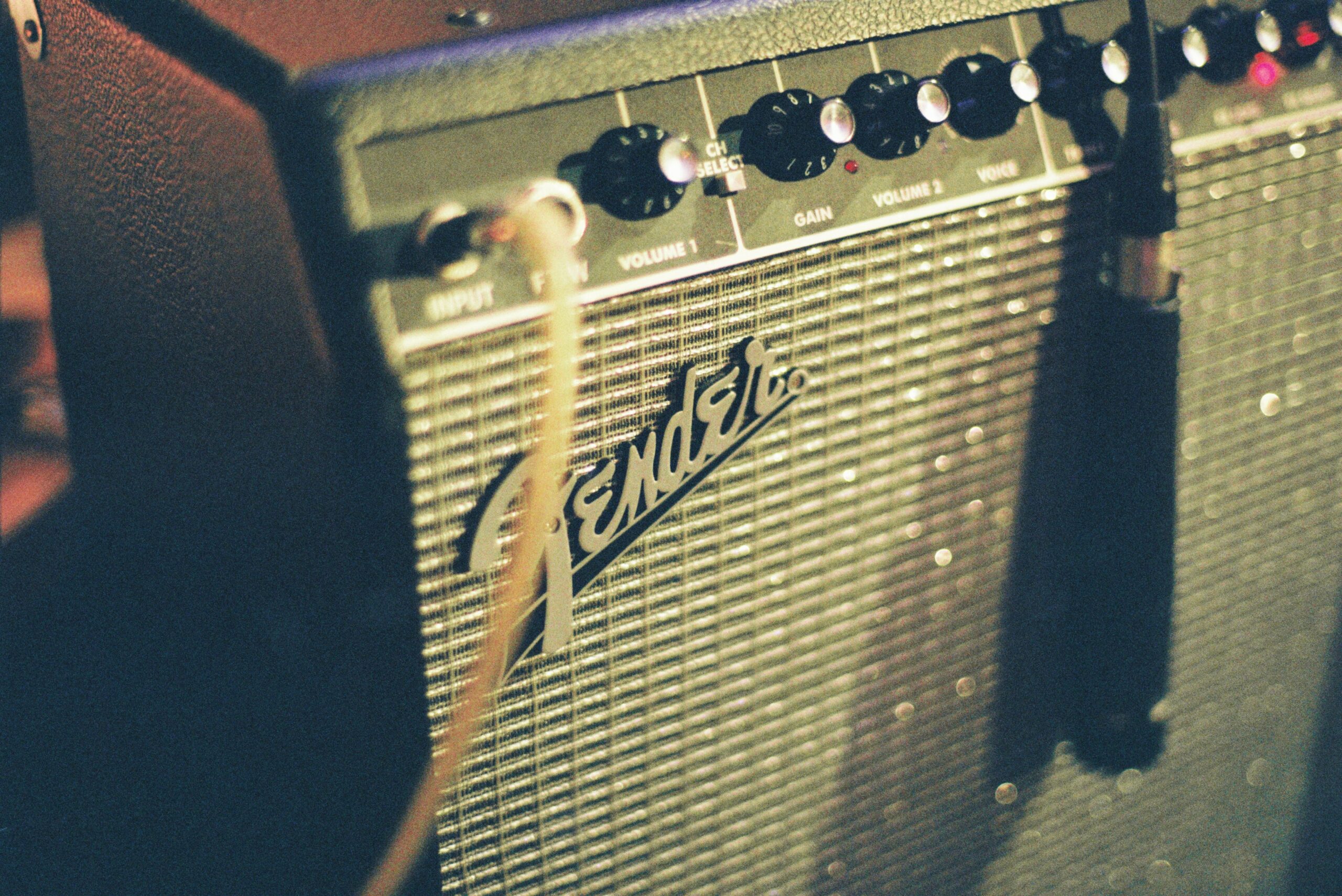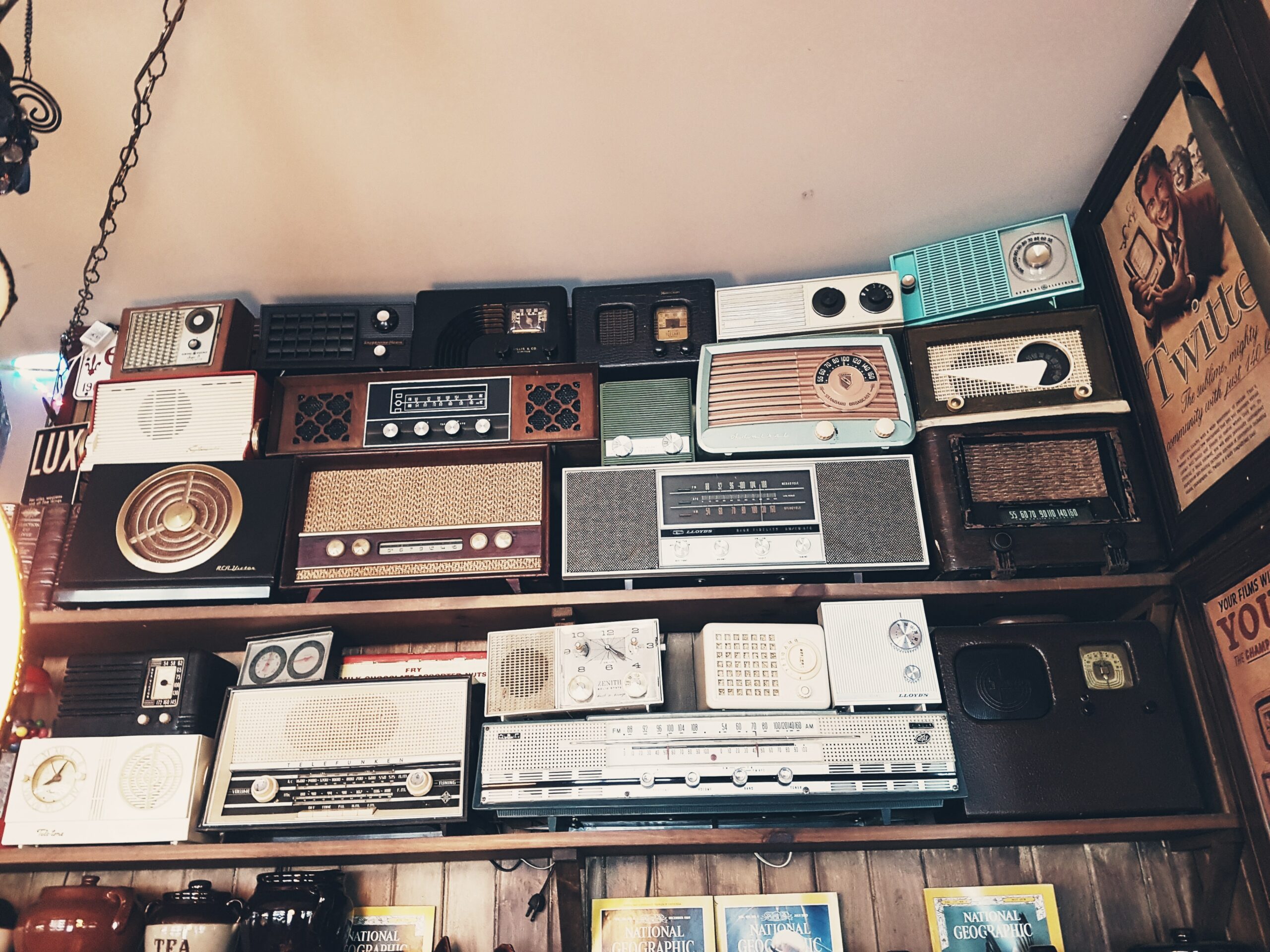People look back on their childhood and talk about how terrible it was. However, they often do it with a fondness that belies their words. Looking back at the earlier period, they feel good about it, no matter how terrible it was in their description. Customers do this, too. So, the question I pose today is, what part of your customers’ past would they want to relive?
People do want to relive their pasts. For example, at our global Customer Experience consultancy, we take clients on study tours. These tours are a behind-the-scenes look at organizations that we admire for their outstanding Customer Experiences. One of the places we often go to in London is the largest toy store in the world, Hamleys on Regent Street. (it’s a lot like FAO Schwartz in New York’s Times Square). We learned from management there that nostalgia drives many of the purchases by parents. Parents want their kids to play with the same toys they had. That’s why Monopoly is still around—and causing family rifts—to this day. I still have a scar from an injury inflicted by my brother suffered during Monopoly. (He cheated, by the way.)
I am guilty of this, too. We have some special toys that our kids used to play with up in our attic. We brought them down for our grandchildren. It’s surprising how much enjoyment they get from it—and how much money it must have saved us! Buying all those toys again would have cost us an arm and a leg.
This toy story example poses an interesting question that we asked during a recent podcast : What place does nostalgia have in your Customer Experience?
Nostalgia is a form of memory or looking back at earlier periods in our own lives and feeling good about it. So, nostalgia creates a positive emotion. We look back on childhood, high school, college days, or even when our kids were babies because they evoke pleasant feelings.
 However, the things that we remember don’t always have to be positive. We can be nostalgic about adverse events, too. In those cases, we often feel nostalgic because of how far we’ve come or what we learned from it.
However, the things that we remember don’t always have to be positive. We can be nostalgic about adverse events, too. In those cases, we often feel nostalgic because of how far we’ve come or what we learned from it.
For example, people who grew up in London during the bombings of World War II will still feel nostalgic about it. However, they don’t think that way because they want to relive the terror of it. Instead, they feel nostalgic because of what they learned from it or how close it made their family or something like that.
There is a fantastic Monty Python sketch called The Four Yorkshiremen. It’s a group of older men sitting around one-upping each other about how terrible their childhoods were. However, it is distinctly nostalgic.
It’s funny, in part because it is such a common phenomenon. People look back on their childhood and talk about how terrible it was. Many of you have heard the trope about walking uphill both ways to school in the snow or how in the old days, the reusable water bottle was a garden hose or watched middle-aged people laugh when you play the sound of a fax machine or dial-up Internet tones. Each of these things is distinctly worse than what is available today. Still, people are nostalgic for them, talking in favorable terms about how tough or resilient it made them or how it made them appreciate the good things. We have a positive reaction to those memories.
My son, who’s 32, sent me a picture of a vinyl turntable. I thought to myself, don’t you have Spotify on your phone? What’s the point of having vinyl? But then I remember the touch and feel of listening to a record. First, you can see the artwork on the front, which you don’t get on streaming. Then, there was the process of loading the record. First, you pull the album out of the sleeve and place it on the deck. Then, carefully guide the arm to set the needle at the outside edge of it gently—all those types of things bring you back to days gone past.
A vast industry exists around nostalgia. For example, the entertainment industry thrives on it. There are reboots and remakes of properties that existed decades ago, like the He-Man cartoon. The 1980s version of He-Man featured bad animation and almost nonsensical storylines. Nonetheless, people who grew up watching them have very fond memories of them because it recalls a part of their childhood.
That’s only one example of dozens in entertainment. Online music streaming services have channels dedicated to the 70s, 80s, or 90s. Cable channels play classic black and white films, like Casablanca or Harvey. These old songs and movies draw on these positive feelings for earlier times in our lives.
Twenty years ago, we went on a family holiday to Florida. Whenever we go away on holiday, there’s always one piece of music that sticks. For this trip, it was “It’s a Fine Line” by Hootie and the Blowfish.
If I play that now, it reminds us of that holiday, that vacation. So it’s as if some things, like audio or tactile stuff and even smells that get pushed into your memory, so when you reencounter them, you recall that moment.
Nostalgia serves psychological benefits for us, so we seek it out. For example, if you are feeling low or missing a loved one who has moved away, you might seek out things like songs specifically because they will make you nostalgic, which can help strengthen us or make us feel better.
People love telling stories. In a customer experience setting, I would advise people to listen to them. It gives you an insight into that person and what’s important to them.
 Consider how firms leverage nostalgia. In some cases, the nostalgia creates a halo effect. For example, car commercials use songs that appeal to their target customers. I still remember back in 2001 when Cadillac used Rock and Roll by Led Zeppelin in their commercial. The implication is that if Led Zeppelin let them use the song, the cars must be as cool as the band was.
Consider how firms leverage nostalgia. In some cases, the nostalgia creates a halo effect. For example, car commercials use songs that appeal to their target customers. I still remember back in 2001 when Cadillac used Rock and Roll by Led Zeppelin in their commercial. The implication is that if Led Zeppelin let them use the song, the cars must be as cool as the band was.
You see a similar effect in celebrity endorsements. People like the celebrity endorser, and therefore, they like your brand more. It can work the same way with nostalgia. If people feel nostalgic while having your Customer Experience, that can bleed over and make them like your experience more.
For example, I am buying my first electric guitar, and I need an amp. I am looking at the Fender amps.
 When you look at one, they look like they’re straight out of the 1950s-60s. They have knobs and dials; they are not modern-looking. But that’s what I want. Applying this to your experience, my buying experience for the amp shows that understanding what makes your customers feel nostalgic is essential for replicating that experience.
When you look at one, they look like they’re straight out of the 1950s-60s. They have knobs and dials; they are not modern-looking. But that’s what I want. Applying this to your experience, my buying experience for the amp shows that understanding what makes your customers feel nostalgic is essential for replicating that experience.
When people look back in time, things seem more authentic. For example, the food was better, and the fabrics in clothing were more excellent. By contrast, some experiences in the present can feel less authentic, with convenience foods and synthetic materials, and other things like that. By incorporating reflective elements into your experience, you can increase the feeling of authenticity, which can evoke nostalgia.
We’ve talked about nostalgia as being a memory construct, and it is, but it’s also an emotional construct. Many complicated emotions are tied up in nostalgia, too. For many people, nostalgia is a feeling of security. It happened in the past, and they survived it, so it must have been okay. Even in negative memories, people feel okay about it because they made it through.
I recommend looking for ways to leverage nostalgia in your experiences. Is the experience a nostalgic one? Disneyland theme park is an example. Despite constantly evolving and innovating, the experience is heavy on nostalgia. The Small World ride hasn’t changed much since it opened in 1966 (or 1971, in Florida). People crave the nostalgia of the ride because of how it makes them feel and what it makes them remember about being a kid.
If your experience isn’t nostalgic itself, are there ways of leveraging nostalgia alongside what you’re offering? Including elements in the experience or advertising that are nostalgic could create a halo effect for people. They feel good about your nod to the past, which carries over to their feelings about you.
Leveraging nostalgia requires research. You’ve got to get past what people say and discover what really evokes nostalgia in people. Is it friendliness? Is it peace and quiet? Is it a song or a cartoon, or an aroma? Any of these elements can drive emotional reactions.
Whether it’s for their old cassette tape collection, their trek through the mountains to their school (barefoot), or the smell of their favorite bubblegum flavor when they were a kid, people feel nostalgic about experiences in the past. It is true even if the incident was negative, because, hey! They survived. Moreover, using nostalgia as a tool to create moments for people in your Customer Experiences can create positive associations with your brand, too. If you can make people feel good while looking backward at the past, you might get them to move forward in the present with you.
There you have it. No promotions, no gimmicks, just good information.
Think reading is for chumps? Try my podcast, The Intuitive Customer instead. We explore the many reasons why customers do what they do—and what you should do about it. Subscribe today right here.


